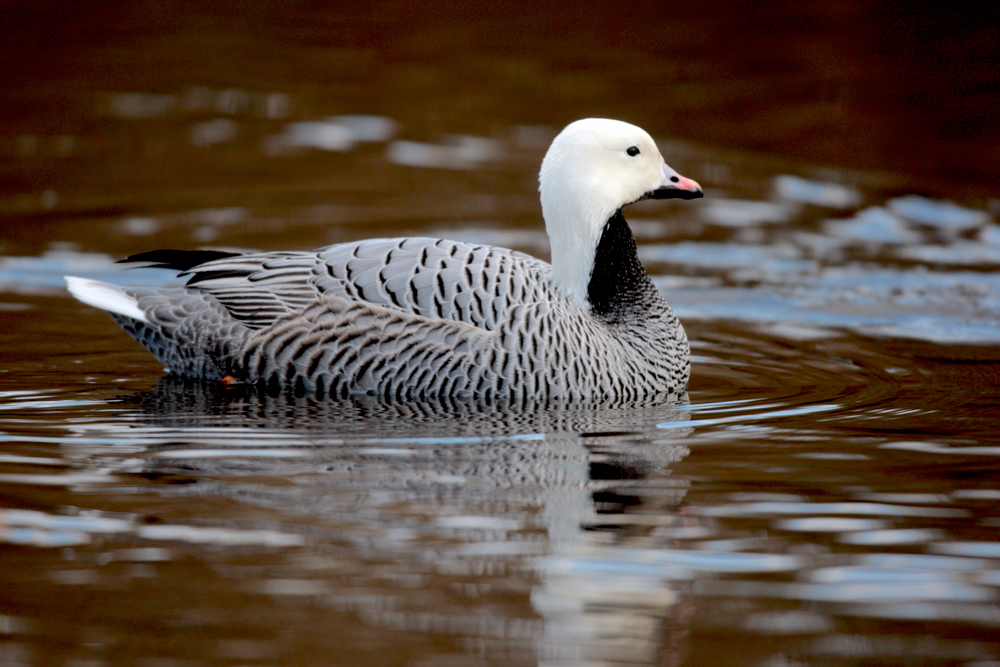Starting this fall, Alaskan hunters will be able to take a species of waterfowl that has been off-limits to them for 30 years. Three decades after their numbers fell to just 45,000 birds, emperor geese are back to huntable population levels, allowing a strictly controlled season to be implemented.
This year, the Alaska Department of Fish and Game will allow resident hunters to take 1,000 geese across seven hunting zones in the western part of the state. Each hunter may take one bird via a special registration permit issued by a draw system. When the quota is reached, the state will close the season by emergency order, regardless of how long the season has lasted.
Geese will be up for grabs in four zones beginning September 1, followed by the other three zones in October. Each hunter must register his or her kill with the ADFG within 24 hours (72 in some zones).
While this year’s hunt is open only to residents of Alaska, the ADFG plans to issue 25 non-resident permits in 2018.
Sport hunting for the geese closed in 1986 following their population crash, with subsistence hunting following suit the next year. They have since climbed back from the brink, totaling 177,000 birds in 2017.
Emperor geese breed around the Bering Sea, mostly in Alaska. Although they are migratory, they rarely leave the state, instead flying to the coast to spend the winter months. They weigh an average of six pounds and sport a white head, while their necks are white along the spine and black along the throat.
For more information, visit adfg.alaska.gov.

